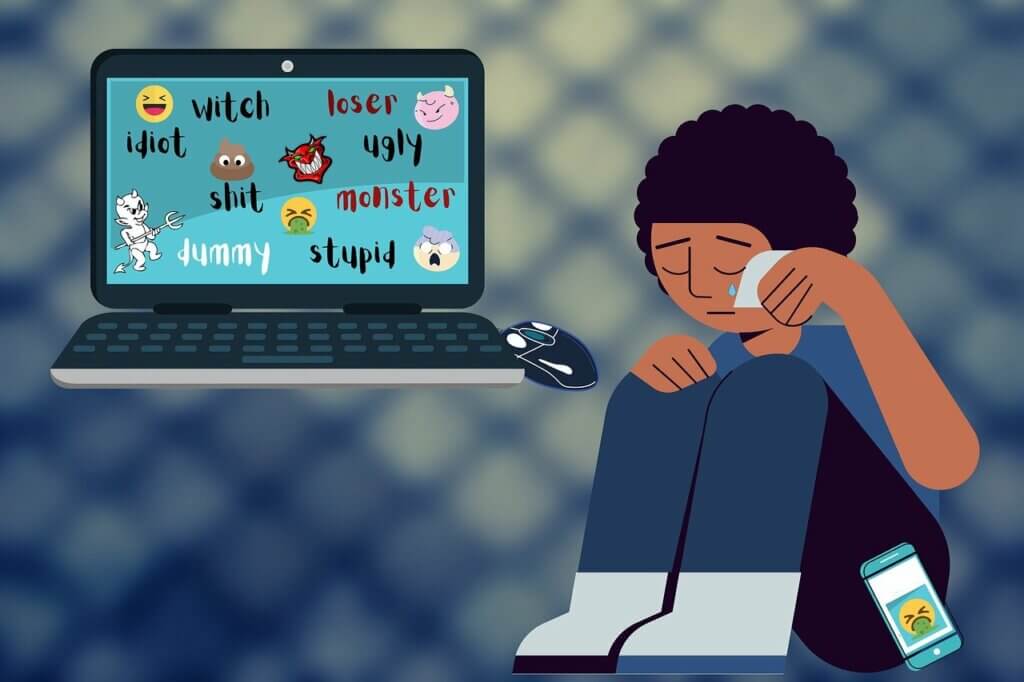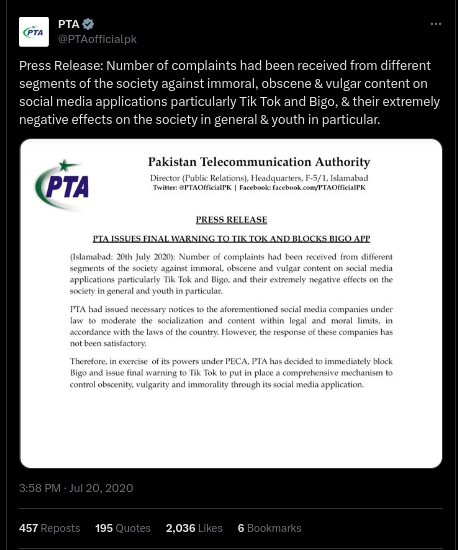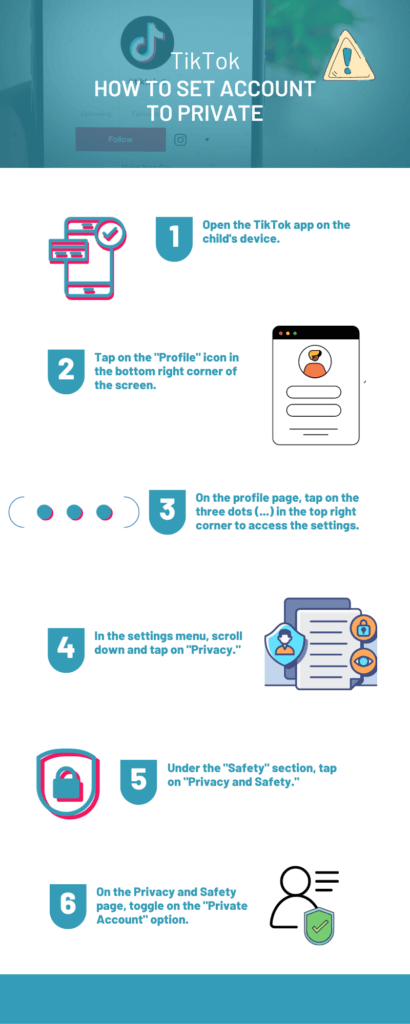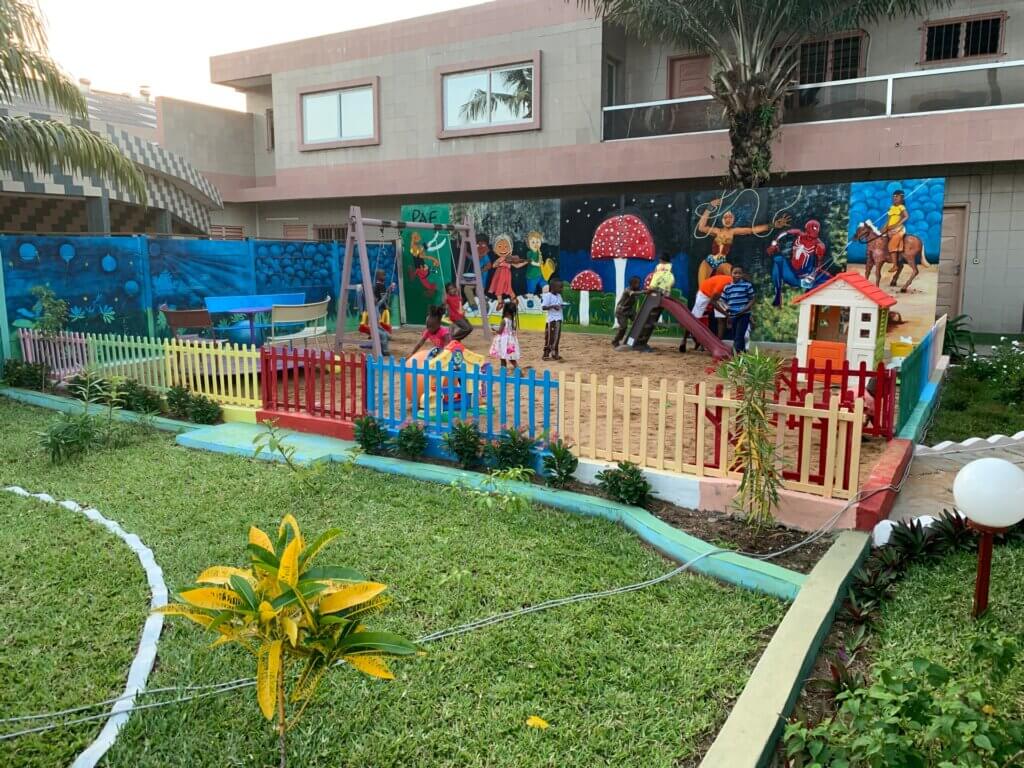Amidst the unstoppable wave of digital connectivity, one platform has taken the world by storm: TikTok. This cultural sensation has captivated the younger generation, making it impossible to ignore. Yet, lurking beneath its seemingly innocent allure, lies a growing sense of unease. Parents are rightly concerned about TikTok safety for kids, considering the potential detrimental effects on their mental health, safety, and overall well-being. In this thought-provoking article, we plunge into the depths of these worries, shedding light on the hidden dangers and arming parents with practical tips to navigate the ever-evolving TikTok landscape. Brace yourself for an eye-opening exploration.
Understanding the concern

One of the major concerns is exposure to inappropriate content on TikTok, posing a risk to children’s safety. TikTok has a wide user base, including both adults and children. Some users may upload or engage with content that contains explicit language, sexualized behaviour, or harmful challenges. Continuously exposed to such content, young users may experience detrimental impact, especially on young users, leading to emotional distress, confusion, and discomfort. Moreover, it can contribute to mental health issues such as anxiety, depression, and low self-esteem as users may compare themselves to the content they see, leading to feelings of inadequacy or negative self-perception.

Another negative influence of TikTok, affecting the safety of kids, is cyberbullying. On the platform, cyberbullies can engage in hurtful behaviour. Users can leave hurtful comments on others’ videos, send private messages with abusive content, or create videos that mock or shame others. These public interactions can lead to embarrassment, humiliation, and have a negative ripple effect, with others potentially imitating or replicating the behaviour they see.
Moreover, TikTok’s addictive nature can have detrimental effects on users, especially in terms of excessive screen time, a critical aspect of TikTok safety for kids. The platform is designed to keep users engaged with its endless stream of short videos, leading to excessive usage and time consumption. Spending excessive amounts of time on TikTok can interfere with other important activities like studying, work, and social interactions. Furthermore, this can contribute to sleep disturbances, lack of self-control, and social isolation.
Excessive screen time, not limited to TikTok, can also have significant impacts on a child’s mental health and academic performance. Research suggests that children who spend a lot of time on screens are more likely to experience anxiety, depression, and other internalizing problems. Sleep disturbances can occur due to the blue light emitted from screens, leading to sleep deprivation. Additionally, excessive screen time can lead to developmental delays, hinder learning and cognitive abilities, and contribute to short-term memory loss. Consequently, this can have negative effects on academic performance, potentially replacing time that could be spent on physical activity or studying.
Addressing Safety Issues and Ensuring TikTok Safety for Kids
Growing 6 times faster than YouTube, TikTok’s increased concerns need to be handled promptly, especially when children are using the app. Open communication between parents and children regarding online experiences is essential in promoting TikTok safety for kids and ensuring a safe and responsible digital environment.
One of the key safety concerns with TikTok is privacy, a crucial aspect of TikTok safety for kids. To protect children’s personal information and restrict their exposure to strangers, it is crucial for their TikTok accounts to be set to private. By setting the account to private, only approved followers can view the child’s content and interact with them. Parents can ensure their child’s TikTok account is set to private by following these steps:
- Open the TikTok app on the child’s device.
- Tap on the “Profile” icon in the bottom right corner of the screen.
- On the profile page, tap on the three dots (…) in the top right corner to access the settings.
- In the settings menu, scroll down and tap on “Privacy.”
- Under the “Safety” section, tap on “Privacy and Safety.”
- On the Privacy and Safety page, toggle on the “Private Account” option.

It is also important for parents to provide guidance on the reporting and blocking features of TikTok for TikTok safety for kids. These features help protect children from inappropriate content and interactions.
Parents should educate their children on how to report and block accounts that engage in harmful or inappropriate behaviour. They can do this by demonstrating how to access the reporting and blocking features within the app and explaining the importance of these actions in maintaining a safe online environment. However, it is important to note that a lot of parents have outright banned the use of TikTok in their homes as a radical solution to the treats that the network represents.
“I don’t have a TikTok account and my daughter is not allowed to use TikTok”
Helen Lee Bouygues, President of the Reboot Foundation
In terms of open communication, parents should establish trust and create a non-judgmental environment where children feel comfortable discussing their online experiences. Setting clear expectations and guidelines for online behaviour, as well as educating children about online safety risks, will help them make informed decisions and recognize potential dangers. Furthermore, encouraging open dialogue, being a good role model by practising responsible online behaviour, and staying informed about the latest digital trends are all important aspects of fostering open communication.
Promoting TikTok Safety for Kids: Healthy Screen Time Habits
Promoting a healthy screen time and encouraging a balance between online and offline activities is crucial for maintaining TikTok safety for kids and overall well-being. Here are some strategies for managing and limiting screen time to avoid the potential negative effects on physical and mental health, emphasizing TikTok safety for kids:
Set clear boundaries and establish screen time limits for TikTok safety for kids: It is important to set clear rules and limits for screen time. Determine specific time limits for different activities, such as schoolwork, entertainment, and socializing. Use tools like screen time controls and parental control settings on devices to enforce these limits.

Create designated screen-free zones and times for TikTok safety for kids: Designate areas in your home, such as the dining table or bedrooms, where screens are not allowed. Additionally, set specific times, such as during meals or before bedtime, as screen-free times for the entire family. It is important that parents educate themselves in this regard, showing the example. This facilitates the implementation of new habits in children.
Encourage alternative activities for TikTok safety for kids: Encourage and engage in activities that don’t involve screens. Encourage outdoor activities, hobbies, reading books, playing board games, or engaging in creative projects. It is important to provide options and support for finding activities that you and your family enjoy.
Be a role model for TikTok safety for kids: Children are more likely to follow screen time rules if they see their parents and caregivers modelling healthy screen time habits. Make a conscious effort to limit your own screen time and engage in other activities.
Prioritize sleep and establish bedtime routines for TikTok safety for kids: Establish a consistent bedtime routine that does not involve screens. Avoid screen time for at least an hour before bedtime to promote better sleep quality.
Adjust screen time rules based on age for TikTok safety for kids: Different age groups have different screen time needs and limitations. Follow recommendations from organizations like the American Academy of Paediatrics to set age-appropriate screen time rules for children.
Use screen time as a reward for TikTok safety for kids: Instead of using screens as a default activity, use them as a reward for completing tasks, chores, or engaging in other activities. This reinforces the idea that screen time is a privilege that is earned.
Encourage active screen time for TikTok safety for kids: If screen time is unavoidable, encourage activities that involve physical movement or interaction. This can include playing active video games, watching educational videos, or using interactive learning apps.
Pro Tip: Recommend co-viewing content for TikTok safety for kids − Parents should actively engage in their children’s online activities by co-viewing the content they consume on the internet. By watching videos together, parents can better understand what their children are being exposed to on the platform. This not only helps in monitoring their child’s online behaviour but also provides an opportunity for discussions about appropriate and inappropriate content.

It is important to find a balance that works for your family and have open conversations about responsible screen use. By implementing these strategies, you can promote TikTok safety for kids and foster a more balanced lifestyle.
Parenting and TikTok Safety for Kids
The role of parenting is pivotal in equipping children with essential skills for navigating the digital landscape, especially concerning TikTok safety for kids. Beyond merely overseeing their online activities, parents play a crucial role in fostering critical thinking and metacognition. Educating children about questioning the authenticity and credibility of social media content, particularly on platforms like TikTok, is paramount. Children need to understand that not all online content is true. The verified badge does not mean that accounts are credible sources. By instilling scepticism and offering guidance, parents empower their children to responsibly engage with the online world.
Navigating parenting in the digital age poses challenges, given the constant emergence of new technologies and platforms. Proactivity is key; parents must take the initiative to educate themselves about the platforms their children use, understanding both potential risks and benefits. Legislation alone cannot solve all the issues, and parents must be ardent in understanding and addressing the concerns associated with their child’s digital experiences.
Crucially, society should extend empathy to parents grappling with the complexities of raising children in this digital era. Parenting is an ongoing learning process, and providing a safe and understanding space is imperative. Rather than judgment, what parents require is support and resources to make informed decisions, fostering a collaborative effort in creating a safe digital environment for the next generation. In this situation, which tends to be worrisome for many, schools play a vital role in complementing parental efforts. The role of schools is to accompany parents, helping to patch the breaches in child education. A call goes out to schools to support, inform, and empathize with parents, forming a united front to manoeuvre around the challenges of the digital age and ensure TikTok safety for kids, contributing to a well-rounded education for children.
[image: long-lasting impression of the topic]

References
Parent’s ultimate guide to TikTok
Screen time and well-being of children
Effects of Excessive Screen Time on Child Development
What is too much screen time doing to our kids’ mental health?


